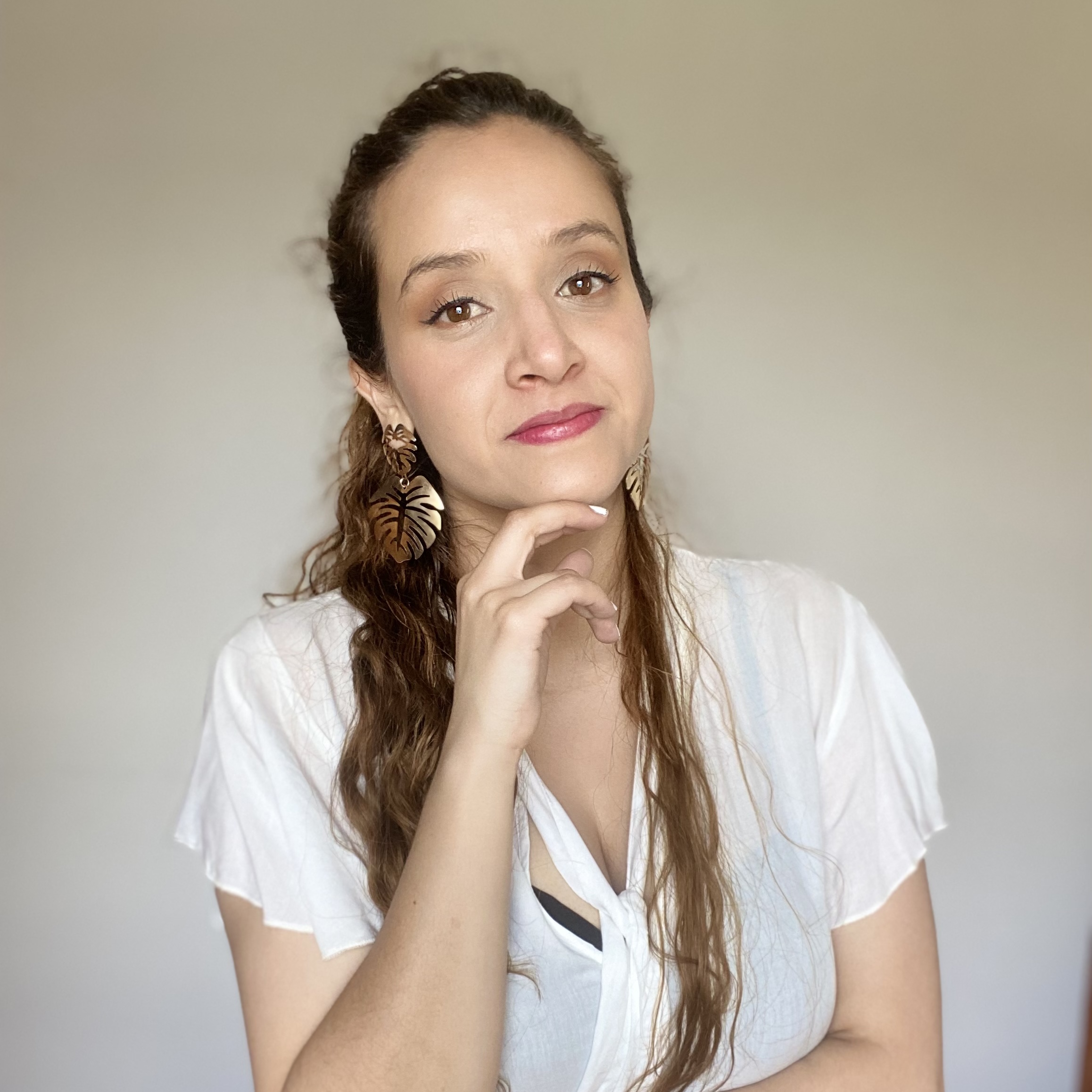Questions and Answers: Common Structures in Spanish
- Angela Blanco
- Oct 5, 2024
- 2 min read

Planning a trip to a Spanish-speaking country? Whether you're navigating a conversation at the airport, in a restaurant, or at the hotel, knowing some key question-and-answer structures in Spanish can boost your confidence. This blog will walk you through essential vocabulary, grammar, and dialogues to help you master questions and answers common structures in Spanish.
Key Vocabulary
Here are some key terms to get you started. They will help you understand and ask basic questions during conversations:
Países – Countries
Example: ¿Conoces 5 países? (Have you been to 5 countries?)
Mascotas – Pets
Example: ¿Tienes mascotas? (Do you have pets?)
Idiomas – Languages
Example: ¿Hablas idiomas? (Do you speak languages?)
Hermanos – Siblings
Example: ¿Tienes hermanos? (Do you have siblings?)
Despertarse – To wake up
Example: ¿Te despiertas a las 8? (Do you wake up at 8?)
Common Structures for Questions and Answers in Spanish
Let’s take a look at some common question-and-answer structures in Spanish. These will be useful when interacting with locals or asking for information.
1. Forming Basic Questions
In Spanish, most questions are formed by simply inverting the subject and verb, followed by a question mark at both the start and end of the sentence.
¿Tienes mascotas? – (Do you have pets?)
¿Conoces países? – (Have you been to countries?)
2. Answering Yes or No Questions
When responding to yes/no questions, you can keep it simple:
Sí, tengo (Yes, I have)Example: Sí, tengo dos gatos. (Yes, I have two cats.)
No, no tengo (No, I don't have)Example: No, no tengo hermanos. (No, I don’t have siblings.)
3. Asking "How Many" Questions
To ask someone how many of something they have, use ¿Cuántos (how many) followed by the noun.
¿Cuántos hermanos tienes? – (How many siblings do you have?)
¿Cuántos idiomas hablas? – (How many languages do you speak?)
Dialogue: Common Questions and Answers in Conversation
Let’s look at a sample dialogue using some of the structures we’ve just learned. This will help you see how questions and answers flow naturally in Spanish conversations.
A: Hola. ¿Puedo sentarme aquí?
(Hello. Can I sit here?)
B: Sí, no hay problema.
(Yes, no problem.)
A: Me llamo Ana. ¿Y tú?
(My name is Ana. And you?)
B: Me llamo Carlos. Encantado/a.
(My name is Carlos. Pleased to meet you.)
A: Igualmente. ¿Tienes mascotas?
(Likewise. Do you have pets?)
B: Sí, tengo dos gatos. ¿Y tú?
(Yes, I have two cats. And you?)
A: No, no tengo mascotas.
(No, I don’t have pets.)
B: Vale, ¿cuántos países conoces?
(Okay, how many countries have you been to?)
A: He visitado tres países.
(I’ve visited three countries.)
B: ¡Qué interesante!
(How interesting!)
EXTRA PRACTICE: Now it's time to practice! Test your understanding of questions and answers common structures in Spanish with the following multiple-choice questions:
Ready to Practice More?
Feeling more confident with questions and answers common structures in Spanish? Book a free 60-minute session with Fluency Lab and practice speaking Spanish today! Our friendly tutors will guide you through real-life conversations to build your fluency.


Comments